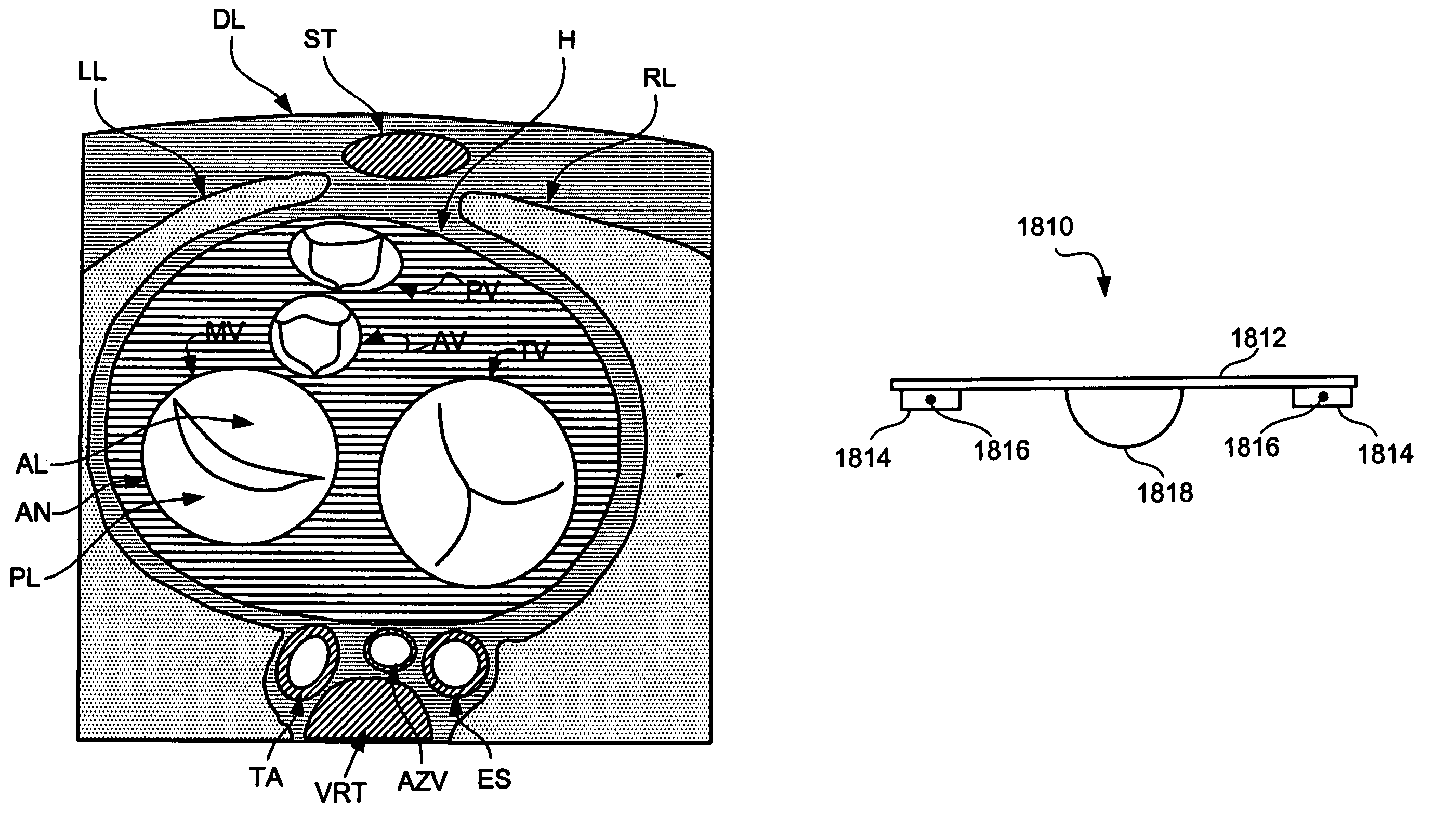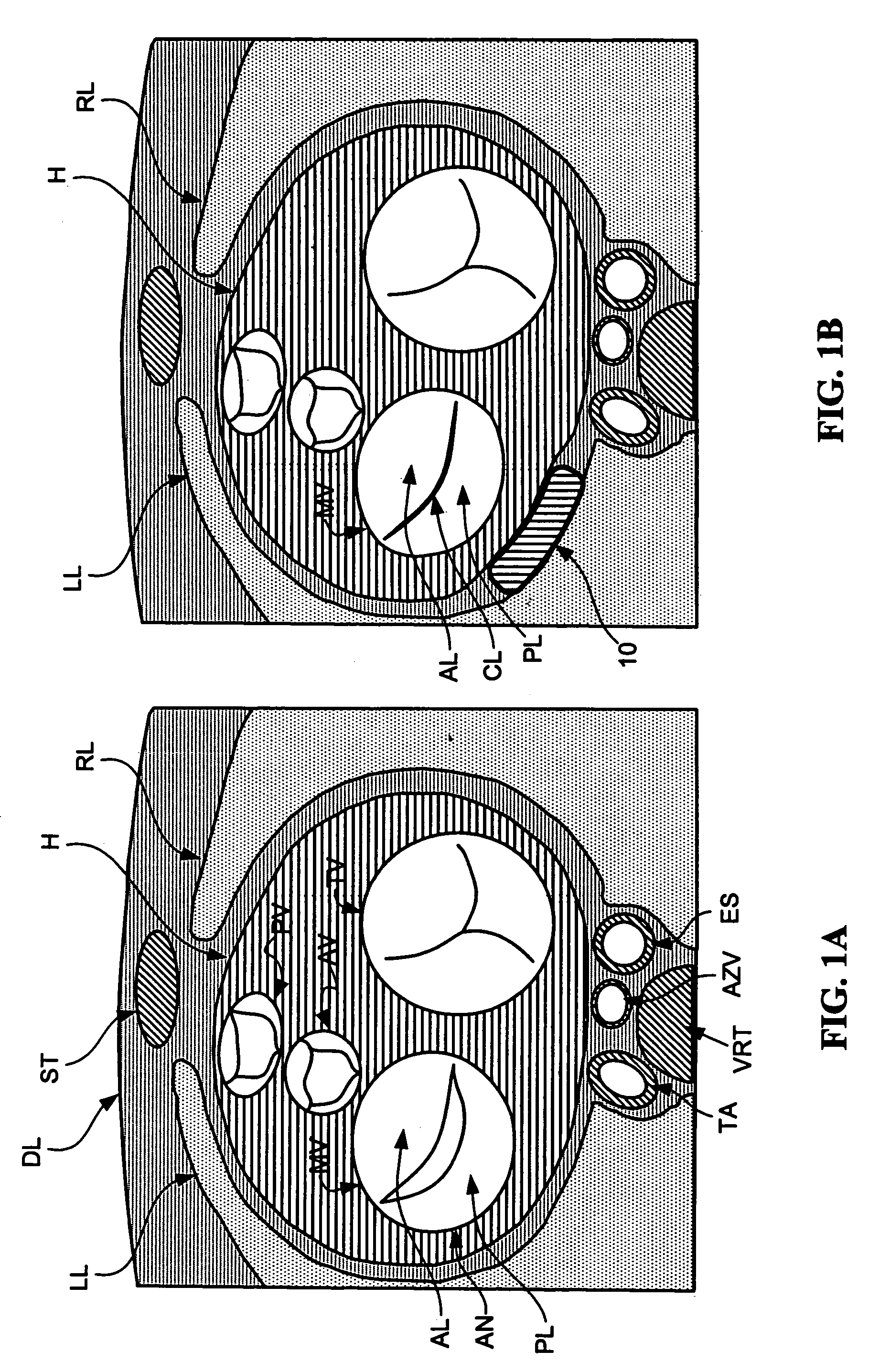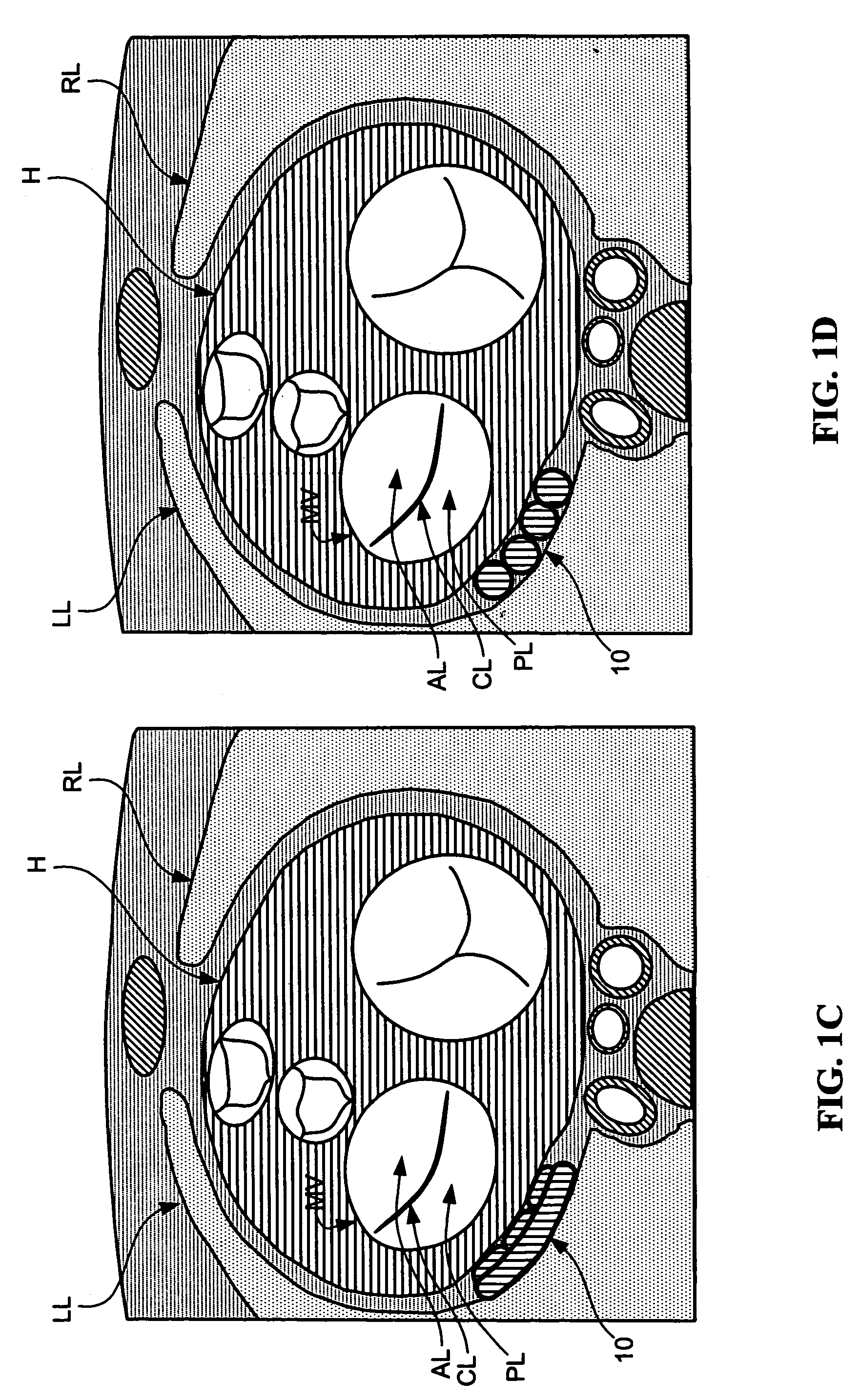Devices and methods for heart valve treatment
a heart valve and treatment device technology, applied in the field of heart valve treatment devices and methods, can solve the problems of valve insufficiency, poor coaptation of valve leaflets, and inability to fully coapt the leaflets, so as to improve the function of the valve and increase the coaptation of the leaflets
- Summary
- Abstract
- Description
- Claims
- Application Information
AI Technical Summary
Benefits of technology
Problems solved by technology
Method used
Image
Examples
Embodiment Construction
[0025]The following detailed description should be read with reference to the drawings in which similar elements in different drawings are numbered the same. The drawings, which are not necessarily to scale, depict illustrative embodiments and are not intended to limit the scope of the invention.
[0026]General Description of Space Filling Device Function and Use
[0027]The various aspects of the devices and methods described herein generally pertain to devices and methods for treating heart conditions, including, for example, dilatation, valve incompetencies, including mitral valve leakage, and other similar heart failure conditions. Each disclosed device may operate passively in that, once placed in the heart, it does not require an active stimulus, either mechanical, electrical, hydraulic, pneumatic, or otherwise, to function. Implanting one or more of the devices operates to assist in the apposition of heart valve leaflets to improve valve function.
[0028]In addition, these devices m...
PUM
 Login to View More
Login to View More Abstract
Description
Claims
Application Information
 Login to View More
Login to View More - R&D
- Intellectual Property
- Life Sciences
- Materials
- Tech Scout
- Unparalleled Data Quality
- Higher Quality Content
- 60% Fewer Hallucinations
Browse by: Latest US Patents, China's latest patents, Technical Efficacy Thesaurus, Application Domain, Technology Topic, Popular Technical Reports.
© 2025 PatSnap. All rights reserved.Legal|Privacy policy|Modern Slavery Act Transparency Statement|Sitemap|About US| Contact US: help@patsnap.com



